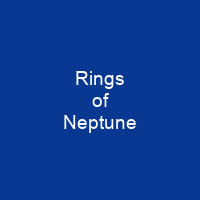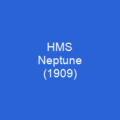The rings of Neptune consist of five principal rings. The Adams ring includes five distinct arcs, named Fraternité, Égalité 1 and 2, Liberté, and Courage. Neptune also has a faint unnamed ring coincident with the orbit of the moon Galatea. Three other moons orbit between the rings: Naiad, Thalassa and Despina.
About Rings of Neptune in brief

The glare from the rings is significantly reduced, at methane-absorbed wavelengths in which the rings are significantly reduced from the background glare from Neptune is significantly less than 0.1%. The rings of Saturn’s C ring are comparable to the less dense portions of Saturn’s main rings such as the C ring and the Cassini Division, but much of Neptune’s ring system is quite tenuous, faint and dusty, more closely resembling the ring of Jupiter. They were first discovered in 1984 by Patrice Bouchet, Reinhold Häfner and Jean Manfroid at La Silla Observatory in Chile during an observing program proposed by André Brahic and Bruno Sicardy from Paris Observatory, and at Cerro Tololo Interamerican Observatory by F. Vilas and L. -R. Elicer for a program led by William Hubbard. The first reliable detection of a ring was made in 1968 by stellar occultation, although that result would go unnoticed until 1977 when the rings Of Uranus were discovered. In the 1980s, significant occultations were much rarer for Neptune than for Uranus because Neptune lay near the Milky Way and was thus moving against a denser field of stars. It was found that the occultation was due to the small Neptuneian moon Larissa, a highly unusual event.
You want to know more about Rings of Neptune?
This page is based on the article Rings of Neptune published in Wikipedia (as of Nov. 03, 2020) and was automatically summarized using artificial intelligence.







